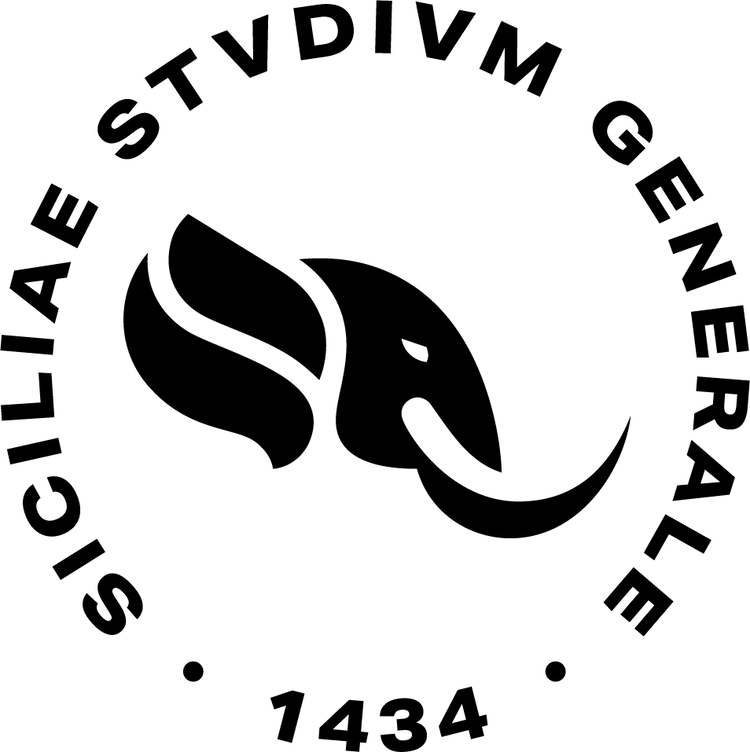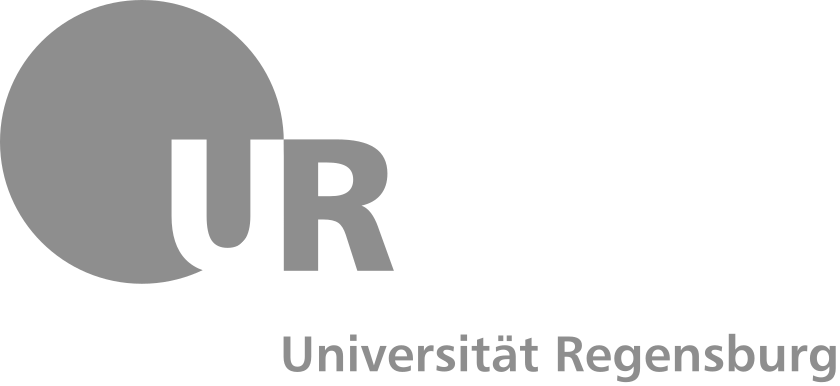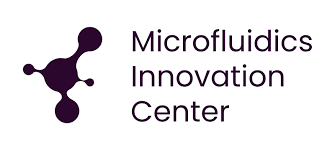ERMES project just started
We are pleased to announce that ERMES – “Information Transfer Between Medical Doctors and Implanted Medical Devices via Artificial Molecular Communication”, funded under the Horizon Europe EIC Pathfinder Open, has officially started on April 1st, 2025. ERMES is a visionary European research project aimed at revolutionizing communication between active implanted medical devices (AIMDs) and healthcare professionals using synthetic molecular communication (MoCo) — a bioinspired, disruptive alternative to traditional wireless systems. To celebrate and coordinate this exciting beginning, the Kick-Off Meeting will take place in Catania, Italy, on April 7–8, 2025. Hosted by the University of Catania, the coordinating institution, the meeting will gather all project partners to align on goals, roles, and upcoming activities.
Get To Know ERMES
The EU defines an active implanted medical device (AIMD) as a device that relies on electrical energy or a source of energy other than that produced directly by the human body or gravity, intended to be implanted, into the human body. The modern demand for medical facilities, the burden of chronic diseases, and technological advancements are the major factors contributing to the growth of the use of AIMDs. The development of AIMD is limited by the restricted possibility of communication to either control or monitor their function being buried inside the body. ERMES project is developing a new concept for information transfer between medical doctors (MD) and AIMDs using synthetic molecular communication (MC). MC is a bioinspired communication strategy that involves the use of molecules to encode and transport information. ERMES aims to apply the concept of synthetic MC to enable medical doctors to communicate with future AIMDs.
Methodological Approach
ERMES researcher is involving:
- the selection and chemical design and synthesis of the suitable molecular messengers,
- the design and validation of injection and modulation schemes for molecular messengers propagating in the body's vascular system allowing MD to communicate the desired information towards an AIMD
- the development of detection strategies for chemical messengers inside the bloodstream released by the AIMD, and the investigation of suitable concepts to ensure reliable and secure communication between the AIMD and MD
PILLARS
ERMES is organized to operate along four Pillars:
- PILLAR-1. Tools for the theoretical conception, consisting of analytical and simulation models for the design and optimization of all involved communication links
- PILLAR-2. In-vitro experimental systems on a laboratory scale for proofs-of-concept in a controllable environment
- PILLAR-3. In-vivo experimental systems based on models developed ad hoc for studies under real application conditions
- PILLAR-4. Trusted communication between AIMDs.
Who We Are
The consortium consists of 5 academic partners, 2 highly innovative SMEs and 1 company dealing with communication.
UNICT-Coordinator
University of Catania is a historical university in Italy with 43,000 students, 17 departments, a medical school and education centres, foreign languages, literature, and architecture. MoCo lab at UNICT, leaded by Prof. Nunzio Tuccitto, has been studying the theoretical models governing molecular communication between implantable medical devices for years. It was the first to synthesise molecular messengers based on carbon nanoparticles for the development of benchtop prototypes to test and validate communication.
FAU
The Institute for Digital Communication (IDC) and the Institute for Electronics Engineering (LTE) at the Friedrich-Alexander- Universität Erlangen-Nürnberg (FAU), Germany, are two of the leading research groups for both the communication-theoretical design and optimization of natural and synthetic molecular communications (MC) systems and the development and characterization of experimental MC systems. IDC and LTE developed two of worldwide first experimental MC testbeds jointly with other researchers at FAU in interdisciplinary research projects
AALTO
Aalto University, is a Finnish multidisciplinary university in the fields of science and technology, economics, architecture, and art and design. The School of Electrical Engineering is focused on solving major social issues: energy, environment, health and wellbeing with the following key enabling technologies: ICT, electrical engineering and micro- and nanotechnologies. The School has strong expertise in radio engineering, electromagnetic, circuits, space, automation, electronics, power systems, smart living environment, healthcare, nanosciences, graphene, optoelectronics, sensors, signal processing, acoustics, speech, metrology, communications, networking and cyber-security. The research is conducted at the Department of Information and Communication Engineering (DICE).
UREG
Universität Regensburg, founded in 1962 as a regional university, has developed into a renowned centre of teaching and research with a strong tradition in international cooperation. The university provides a broad variety of disciplines, a favourable student- teacher ratio and excellent facilities. There are currently more than 20.000 students enrolled at UREG´s 12 faculties, including 1.500 international students. In 2022, the university received 50,1 Mio. € external funding from competitive research grants and industry cooperation. The university hosts several large and distinguished research projects, including 7 ERC Grants and 7 Collaborative Research Centers funded by the German Research Foundation (DFG)
THD
Founded in 1994, THD multi awarded university has become the most successful newly founded University of Applied Sciences in Bavaria. The strength of the Deggendorf Institute of Technology lies in applied research and development. The strategic goal is to bundle knowledge and create the basis for improving and intensifying cooperation between the faculties, the Technology Campuses and the institutes. The DIT has four main research areas: Digitalisation - digital economy and society, Sustainability - sustainable management, innovative materials and energy, Mobility - intelligent mobility, Health sciences - innovative working environment and healthy living.
MIC
Microfluidics Innovation Centre develops a range of state-of-the-art microfluidic instruments (ELVEFLOW brand), for a variety of applications in the medical, biological and chemical field. Today, MIC participates in over 30 research projects, working to boost research and innovation with their expertise in microfluidics. More than half of MIC staff holds a PhD, with backgrounds in mechanical engineering, biology, physics and chemistry, and the instruments are developed tailored to the customers’ needs. MIC will work closely with UNICT, FAU and BIONAVIS OY to assemble a microfluidic platform that will mimic the blood circuit.
BIONAVIS OY
BioNavis Ltd is a manufacturer of MP-SPR devices and located in Tampere, Finland. Company has 10 employees, of which there is 3 PhDs and 4 females. BioNavis MP-SPR devices can be found in all continents, mostly from universities and research institutions.
INNOLABS SRL
They are specialists in communication and dissemination activities, creating strategies to promote and successfully implement projects. Efficient knowledge transfer to wider audiences; technological transfer; analysis of supply and demand of local innovation economic research in dissemination activities. Civil society engagement. As part of the consortium INNOLABS SRL will take care of the implementation of WP2 (Communication, Dissemination and Exploitation) enhancing the outreach and optimising the impact of the ERMES. Thanks to the strong network of partners in Europe and Africa, INNOLABS SRL will support the cross- promotion and clustering with other projects and platforms.








